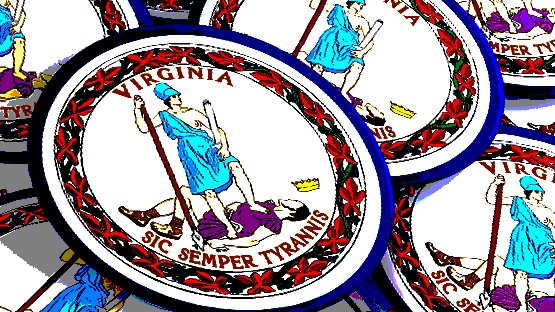
Apparently unaware of modern media technologies, like the mid-20th century introduction of live broadcast TV, police and National Guard forces have doubled down on their use of DoD-issue military tanks, crowd-control noise devices, tear-gas cannisters and assault rifles in the hands of snipers to suppress street protests arising from the police shooting death of an unarmed teenager two weeks ago.
Every news organization in the world has someone on hand to chronicle the protests and the police response, almost literally. (Even Sports Illustrated has had a reporter arrested covering the scene.) The live broadcasts on the 24-hour cable-news channels late Monday night made for TV that was both riveting and profoundly sad; riveting for those under the age of 50 who knew only of these kinds of protests and police responses from black-and-white films of the civil-rights era in the 1950s and 1960s, and profoundly sad for those who assumed that we’d learned lessons from that era and how we as a society are supposed to respond to these kinds of tense situations.
The civics-class America that we live in gives voice to the notion that we as Americans have the right to seek the redress of our grievances, that we have the right to speak truth to power, that government here is of the people, by the people, and for the people. The America that we saw on the TV news Monday night is a far different America: your right to protest government action, or inaction, only goes as far as the state permits it, and ends when the state says it ends, enforced at the point of a bayonet.
As an aside, that no one has emerged from the morass even vaguely resembling a statesman is beyond sad, to the point of frustrating and even maddening. No Democrat, no Republican, has broken ranks to offer a tepid statement of even recognition that anything that we’ve been witnessing on TV from Missouri is the slightest bit unusual, which tells us that maybe there were lessons learned from the 1960s, just not the ones that we would have assumed.
Because it had seemed that seeing the Bull Connors and Laurie Pritchetts using water hoses and police dogs on protestors in the ‘60s would have taught police units to avoid anything resembling Gestapo-like responses. It’s interesting that our own military seemed to learn from what police departments did wrong there, and what it did wrong itself in Vietnam in winning battles militarily but losing the war politically by failing to win the battle for hearts and minds, pivoting from emphasis on use of force to at least competing for those hearts and those minds in foreign occupations in Iraq and Afghanistan.
What can work in a war zone could be expected to work in the homeland, except when it’s not even in the arsenal. It’s almost as if the intent is to consciously use as much force as can be deployed to get people off the streets of Ferguson, ironic because that’s what is at the heart of this situation in the first place, the shooting of an unarmed teen by a police officer who confronted his eventual victim for walking down the middle of the street.
Having doubled down the way they have, with a thumb of the nose to the Constitution, it’s hard to imagine the police response tamping down. The glare of TV lights seems to have only emboldened officialdom to go for more; meaning it’s going to get worse before it gets better, or just ends.
– Column by Chris Graham










